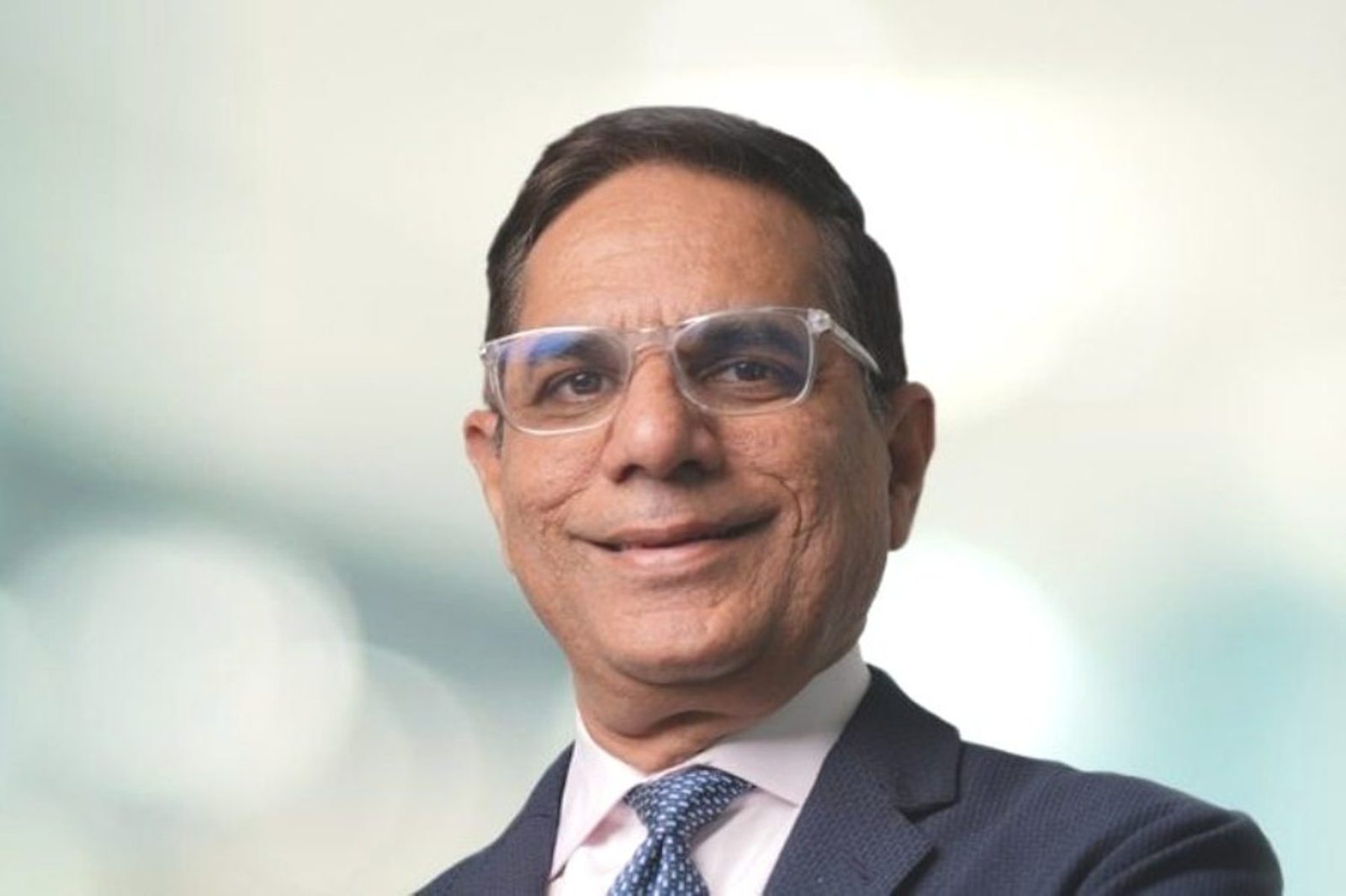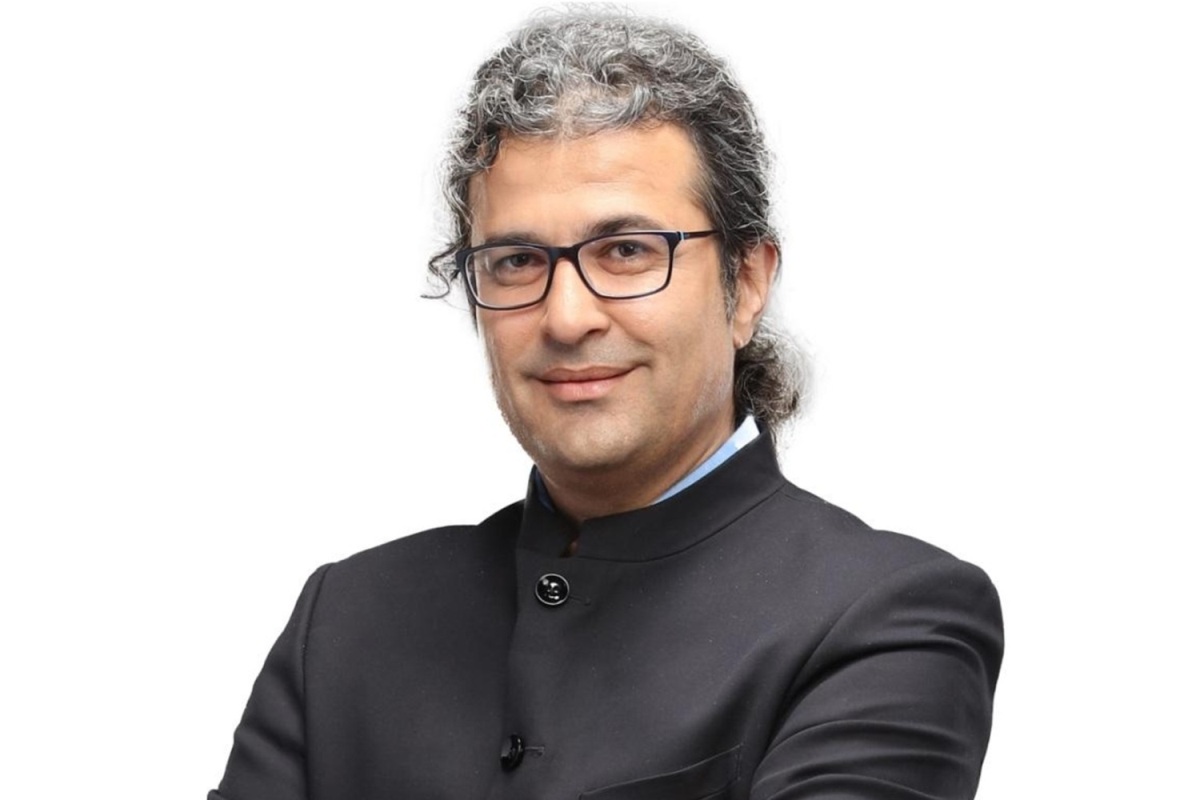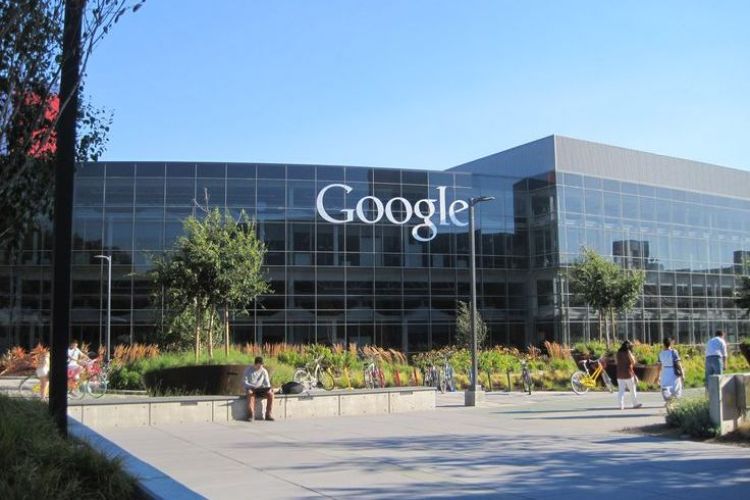An Associate Professor of Economics at IIT Delhi, Dr Reetika Khera recently prepared a report on pay ratio in Indian companies. The report revealed obscene inequality with many key management personnel getting more than 500 percent of the median salaries in their respective companies.
In this interview with TheCSRUniverse, Dr Khera who also teaches at IIM Ahmedabad, speaks on various gaps in Pay Ratio reporting and also suggests a corporate policy framework that can help reduce such inequalities. She also advocates for strict monitoring of companies on what they do as part of their CSR activities.
Q: You recently prepared a report on pay inequality in the corporate world. What are your key observations?
A:Obscenity.
Under Section 197(12) of the Companies Act, 2013 read with Rule 5(1) of the Companies (Appointment and Remuneration of Managerial Personnel) Rules, 2014 requires that publicly traded companies disclose the remuneration to their top management vis-à-vis other employees. We compiled this information: the pay ratio of the top paid Key Managerial Personnel (KMP) to median remuneration for 42 private companies in the NIFTY fifty list for 2019-20.
The highest pay ratio is 1:752, with an annual remuneration of Rs. 84.6 crores.
The average of these pay ratios is 1:259.
There is no diversity at the top. It is unsurprising, and only reflects that the so-called "glass ceiling" exists for everyone other than upper caste men.
Q: Do you have any recommendation towards rationalising it vis-a-vis any such model in any other country?
A: I am aware that similar legislations pertaining to such disclosures exist in other countries - e.g., from 2020 onwards, companies in UK with more than 250 employees are mandated to make pay ratios public. A report in The Guardian finds that the CEOs of the top 100 companies there were paid the typical workers annual salary within 33 hours. (For comparison, if Mr. Munjal works half a day, his earning already exceeds the annual earning of the median employee.)
Last year, Bernie Sanders floated a proposal to impose higher taxes on companies where the pay ratio for CEOs to median workers exceeded 50. His proposal was to increase the tax rate by 0.5% for companies where the ratio was between 50-100, and progressively higher if it exceeded that.
There is a CEO called Dan Price (based in Seattle) who cut his own salary and fixed a minimum wage of USD 70,000 for all employees in his company.
In India, what is important right now is to have a discussion about these inequalities.
Q: What are the key issues related to corporate governance in India that still need to be addressed through legislation?
A:Even implementing current laws would be a good first step. We (Meghna Yadav and I, with whom I did this work) stumbled upon these pay ratios. I find it odd that for years now, RIL has gotten away without anyone raising a finger about them blatantly dodging this mandatory requirement. Clearly the SEBI and government are sleeping.
Q: What are your thoughts on CSR laws in India and its evolution in the last 7-8 years?
A: I do not follow CSR activities closely, and I’m not aware of a comprehensive review of such work. But I do have some reservations: for instance, I heard of an IFML (Indian made foreign liquor) manufacturer running a CSR campaign for road safety.They were providing free taxi services in Christmas week, so that people didn’t ‘drink and drive’. In another instance, a young student managed to get funding for an Antarctica expedition, through a company’s CSR funds because he had the necessary contacts.
No doubt there must be variations in the interventions that are made, but these two anecdotes did raise questions in my mind about whether CSR was the best use of these funds. Many companies do not have the necessary expertise to decide what might be the best way to use this money, even if their intentions are good. In cases such as the IFML case, there’s an obvious conflict of interest issue. Another question is whether compliance is monitored and what penalties companies face for not doing what is required.
Q: During COVID times, many corporates have started heavily relying on technology to implement their CSR projects, especially in education and skill development. How do you see this shift?
A: Many of us have managed to adjust quite well to an online existence. For a minuscule fraction, it might even be an improvement over our earlier routine - e.g., no longer having to make long and stressful daily commutes.
A false impression has been created (often by corporate sponsored media) that everyone now is walking around with an internet-enabled device. If you look at NSS data (2017-18), only 4% of rural households and 23% of urban households have a computer; similarly disparities emerge in internet access: 15% among rural households and 42% among urban households.
Even the less privileged (say, domestic workers), even when they were being paid during the lockdown were showing a keenness to return to work. So yes, we might find ways of circumventing lack of access to computers and internet for those who don’t have it, but that will not necessarily lead to an improvement in our well-being.





















